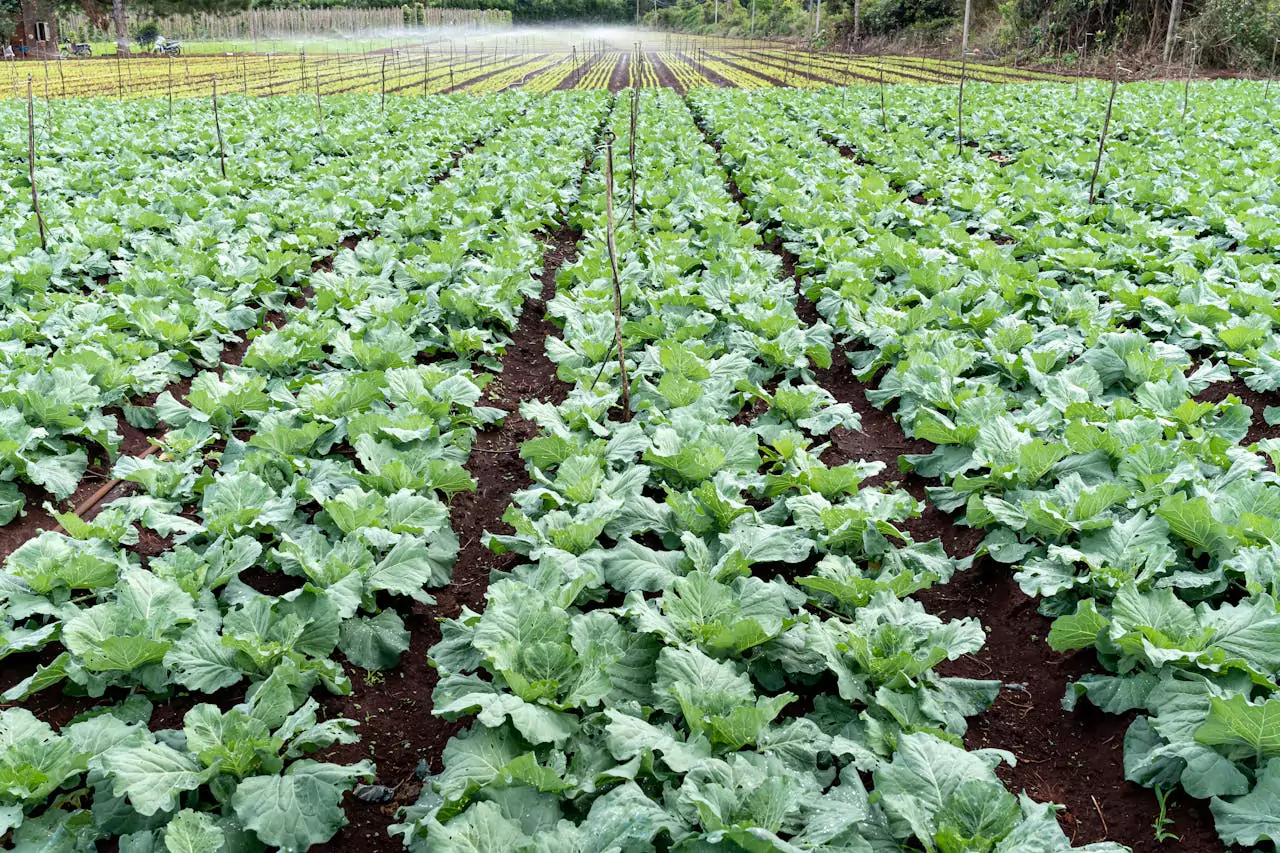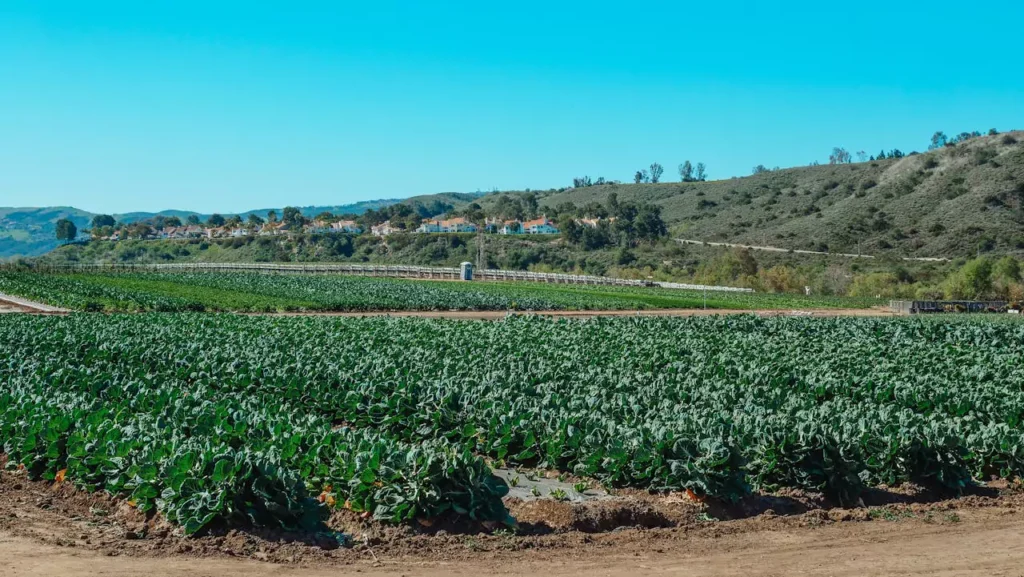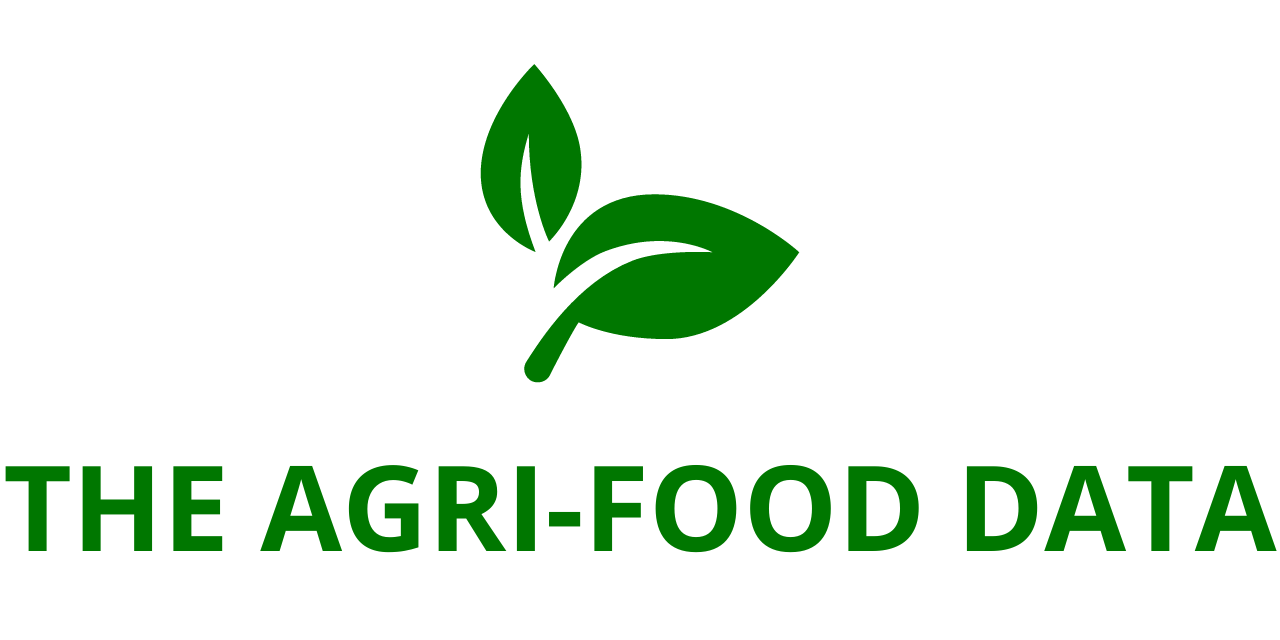
Horticulture 2024 Greenhouse Films Market Set to Grow Amid Ornamental and Crop Cultivation Boom
The global greenhouse films market is witnessing robust growth, with projections indicating a rise from USD 7.3 billion in 2024 to USD 12.3 billion by 2030. This surge represents a compound annual growth rate (CAGR) of approximately 9% over the forecast period. A newly released report titled “Greenhouse Films Market – Resins and Applications” by ResearchAndMarkets.com provides an in-depth analysis of this market, highlighting key trends, growth drivers, segment performance, and regional dynamics shaping its evolution.
Market Overview
Greenhouse films are a critical component in modern protected cultivation practices. Horticulture These films are specially engineered plastic sheets designed to cover greenhouse structures, creating a controlled environment optimal for plant growth. By regulating temperature, light transmission, humidity, and other environmental factors, these films enable year-round cultivation and higher yield outputs, especially in regions affected by unpredictable climatic conditions.
The report segments the global greenhouse films market by resin type, thickness, and application area. Horticulture It also profiles leading companies in the sector and outlines recent industry developments, offering a panoramic view of how the market is progressing.
Key Growth Drivers
Several significant factors are contributing to the expansion of the greenhouse films market:
- Rising Food Demand: With global population figures continuing to climb, the demand for food is increasing proportionately. Greenhouses, equipped with high-quality films, can help bridge the supply-demand gap by enabling intensive cultivation on limited land.
- Expansion of Protected Cultivation: The increasing adoption of greenhouse cultivation techniques across the globe, particularly in countries with harsh climatic conditions or limited arable land, is a major growth stimulant.
- Government Support and Policies: Various government programs and subsidies aimed at promoting protected agriculture practices have also fueled demand. In many developing regions, financial incentives are being offered to farmers for setting up greenhouse infrastructure.
- Technological Advancements: The development of advanced multilayer films with enhanced durability, UV protection, and thermal insulation is attracting greater interest from growers looking for cost-effective, long-lasting solutions.
- Urbanization and Limited Agricultural Land: Rapid urbanization is reducing the availability of arable land. Greenhouses provide an efficient solution for high-density crop production in urban or peri-urban environments.
- Ornamental and Exotic Plant Cultivation: The rising popularity of ornamental plants, both for commercial landscaping and residential décor, is boosting demand for greenhouse environments optimized with specialty films.
Resin Type Analysis
Among various resin types, polyethylene (PE)-based greenhouse films dominate the global market. Within this category, low-density polyethylene (LDPE) is the most widely used and is also expected to experience Horticulture the fastest growth over the forecast period. LDPE films offer excellent properties such as flexibility, light transmission, cost-efficiency, and resistance to environmental degradation, making them ideal for a wide range of climatic conditions.
Polycarbonate (PC)-based films, although more expensive, are projected to witness the fastest growth rate in terms of value. Horticulture These films are especially favored in regions prone to heavy snowfall and strong winds, thanks to their exceptional mechanical strength and durability. They are also available in UV-resistant and colored variants, which adds to their suitability for various crop types and aesthetic preferences.

Thickness-Based Market Segmentation
Greenhouse films are generally available in different thickness categories: below 200 microns, 200 microns, and above 200 microns. Currently, films with thickness below 200 microns account for the largest share of global demand. These films are popular due to their affordability and effective protection against solar radiation and UV-induced aging.
However, the segment of 200-micron thickness films is forecasted to grow at the highest rate during the analysis period. Horticulture These films are increasingly favored for their superior mechanical properties, enhanced durability, and adaptability to diverse climatic conditions.
Application Insights
By application, vegetable cultivation remains the largest segment for greenhouse films. With agricultural land being consumed by urban expansion and industrial development, greenhouse-based farming is gaining traction as a sustainable method to meet food demands. Additionally, greenhouses offer a reliable environment for vegetable production even in extreme weather conditions, ensuring year-round supply.
The floriculture segment, especially focused on ornamental and exotic plants, is expected to grow significantly and may outpace traditional applications. Ornamental plants like orchids, impatiens, poinsettias, petunias, and ferns are increasingly in demand for use in interior landscaping of commercial buildings, hotels, malls, and residential complexes. This rising trend supports the use of specialized films tailored for ornamental horticulture.
Regional Market Dynamics
The Asia-Pacific region holds the largest share in the global greenhouse films market and is also anticipated to experience the fastest growth through 2030. Countries such as China, India, Japan, and South Korea are making substantial investments in agricultural modernization, including the use of greenhouses. Rapid urbanization, rising food security concerns, and government support programs in these countries are driving market expansion.
In North America and Europe, the market for greenhouse films is expected to maintain steady growth. Climate change and the increasing unpredictability of seasonal patterns have negatively impacted traditional open-field farming. Sudden frosts, unseasonal rainfall, and prolonged droughts are prompting growers in these regions to adopt controlled environment agriculture, where greenhouse films play a pivotal role.
In Europe, particularly, countries like the Netherlands and Spain are global leaders in high-tech greenhouse agriculture, setting benchmarks for energy efficiency, crop yield, and technological integration.
Competitive Landscape
The greenhouse films market features a competitive landscape with numerous international and regional players. Key companies are focusing on product innovation, research and development, and strategic partnerships to enhance their market presence. Notable manufacturers are introducing films with smart features such as light diffusion, anti-fogging properties, and extended UV resistance to cater to the evolving needs of farmers and commercial growers.






